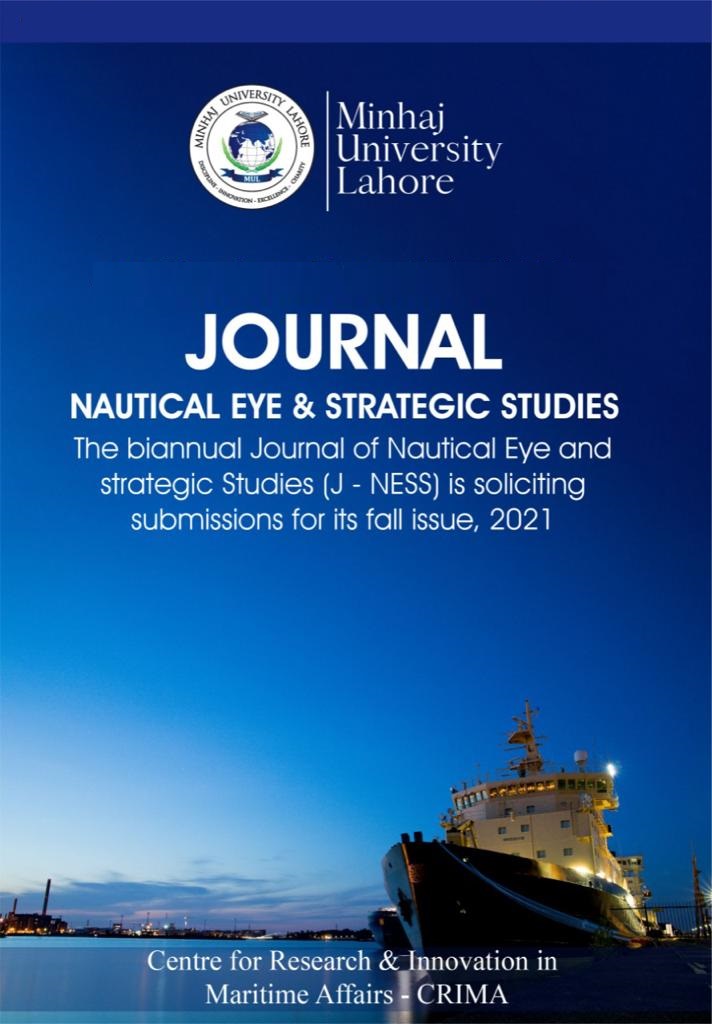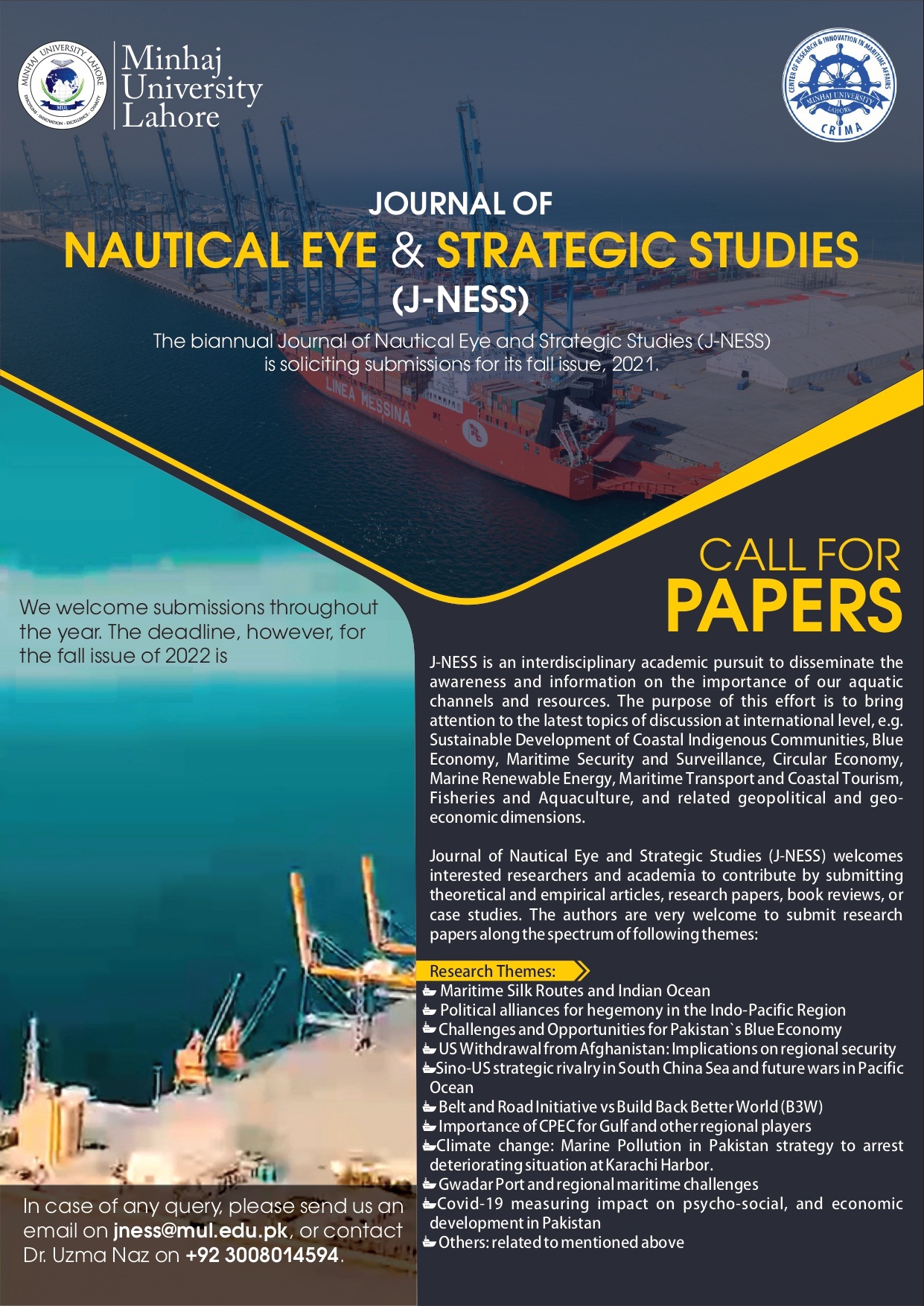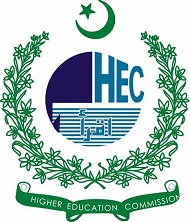Role of Ports and Berths in Shaping Trade in Indian Ocean Countries
DOI:
https://doi.org/10.58932/MULG0051Keywords:
Indian Ocean, Maritime trade, National development, Logistic Performance Index (LPI), Country Policy and Institutional Assessment (CPIA, Maritime infrastructure, Logistics operations, Policy frameworksAbstract
This study evaluates the strategic importance of ports and berths in the Indian Ocean, assessing their impact on maritime trade and national development indicators such as the Logistic Performance Index (LPI) and Country Policy and Institutional Assessment (CPIA) scores. The research finds a significant positive correlation between the number of ports and berths and trade openness, suggesting that robust port facilities significantly boost a country's trade relative to its GDP. Furthermore, nations with well-developed ports and numerous berths exhibit higher LPI scores, indicating efficient logistics operations. Additionally, a strong link between extensive maritime infrastructure and higher CPIA scores demonstrates the critical synergy between effective maritime facilities and improved policy frameworks. These findings highlight the essential role of maritime infrastructure in enhancing economic development and optimizing logistics and policy environments in the Indian Ocean region.
References
Arribas, I., Pérez, F., & Tortosa-Ausina, E. (2009). Measuring globalization of international trade: Theory and evidence. World Development, 37(1), 127-145.
Asadabadi, A., & Miller-Hooks, E. (2020). Maritime port network resiliency and reliability through co-opetition. Transportation Research Part E: Logistics and Transportation Review, 137, 101916.
Clark, X., Dollar, D., & Micco, A. (2004). Port efficiency, maritime transport costs, and bilateral trade. Journal of Development Economics, 75(2), 417-450.
de Langen, P. W. (2020). Towards a better port industry: port development, management and policy. Routledge.
Hasan, M. K., Lei, X., Tang, W., Nishi, N. N., & Latif, Z. (2025). Exploring logistics performance index (LPI) from global perspective: a study based on network analysis (NA). Operations Management Research, 1-25.
Huchet‐Bourdon, M., Le Mouël, C., & Vijil, M. (2018). The relationship between trade openness and economic growth: Some new insights on the openness measurement issue. The World Economy, 41(1), 59-76.
Jaishankar, D. (2016). Indian Ocean region: A pivot for India’s growth. Brookings. https://www.brookings.edu/articles/indian-ocean-region-a-pivot-for-indias-growth/
La, K. W., & Song, J. G. (2019). An empirical study on the effects of export promotion on Korea-China-Japan using Logistics Performance Index (LPI). Journal of Korea Trade, 23(7), 96-112.
Martí, L., Martín, J. C., & Puertas, R. (2017). A DEA-logistics performance index. Journal of Applied Economics, 20(1), 169-192.
Minnow, M. D., Eric, Q., & Bányai, T. (2022). Benchmark of countries’ performance in logistics: An approach based on World Bank open data. Advanced Logistic Systems – Theory and Practice, 16(1), 69–84.
Munzaa, G. M. (2022). Effect of Supply Chain Enhancement Practices on Operational Efficiency of Bunkering Firms of East Africa Seaports Along Indian Ocean (Doctoral dissertation, University of Nairobi).
Ng, A. Y., & Gujar, G. C. (2009). Government policies, efficiency and competitiveness: The case of dry ports in India. Transport Policy, 16(5), 232-239.
Notteboom, T. (2013). Maritime transportation and seaports. The Sage Handbook of Transport Studies. Sage Publication, 83-102.
Ojala, L., & Celebi, D. (2015). The World Bank’s Logistics Performance Index (LPI) and drivers of logistics performance. Proceeding of MAC-EMM, OECD, 3-30.
Riegner, M. (2016). Governance indicators in the law of development finance: a legal analysis of the World Bank’s ‘Country Policy and Institutional Assessment’. Journal of International Economic Law, 19(1), 1-26.
Sharapiyeva, M. D., Antoni, A., & Yessenzhigitova, R. (2019). The impact of port transport-logistics infrastructure and LPI on economic growth: The example of landlocked countries. Pomorstvo, 33(1), 63–75.
Sharawi, H., Alsaadi, L., & Alsagri, M. (2025). The impact of LPIs’ indicators on the global logistics performance index: Global perspective. Multidisciplinary Science Journal, 7(7), 2025361-2025361.
Slack, B., Comtois, C., Wiegmans, B., & Witte, P. (2018). Ships time in port. International Journal of Shipping and Transport Logistics, 10(1), 45-62.
Song, L., & van Geenhuizen, M. (2014). Port infrastructure investment and regional economic growth in China: Panel evidence in port regions and provinces. Transport Policy, 36, 173-183.
Squalli, J., & Wilson, K. (2011). A new measure of trade openness. The World Economy, 34(10), 1745-1770.
Van Waeyenberge, E. (2009). Selectivity at work: Country policy and institutional assessments at the world bank. The European Journal of Development Research, 21, 792-810.
Vigarié, A. (1999). From break-bulk to containers: the transformation of general cargo handling and trade. GeoJournal, 48(1), 3-7.
Wafar, M., Venkataraman, K., Ingole, B., Ajmal Khan, S., & LokaBharathi, P. (2011). State of knowledge of coastal and marine biodiversity of Indian Ocean countries. PLoS one, 6(1), e14613.
World Bank. (2021). Country Policy and Institutional Assessment (CPIA) criteria and data 2021. https://thedocs.worldbank.org/en/doc/69484a2e6ae5ecc94321f63179bfb837-0290032022/original/CPIA-Criteria-2021.pdf
Zhisheng, A., Guoxiong, W., Jianping, L., Youbin, S., Yimin, L., Weijian, Z., ... & Juan, F. (2015). Global monsoon dynamics and climate change. Annual Review of Earth and Planetary Sciences, 43(1), 29-77.
Downloads
Published
How to Cite
Issue
Section
License
Copyright (c) 2025 Journal of Nautical Eye and Strategic Studies

This work is licensed under a Creative Commons Attribution-NonCommercial 4.0 International License.










